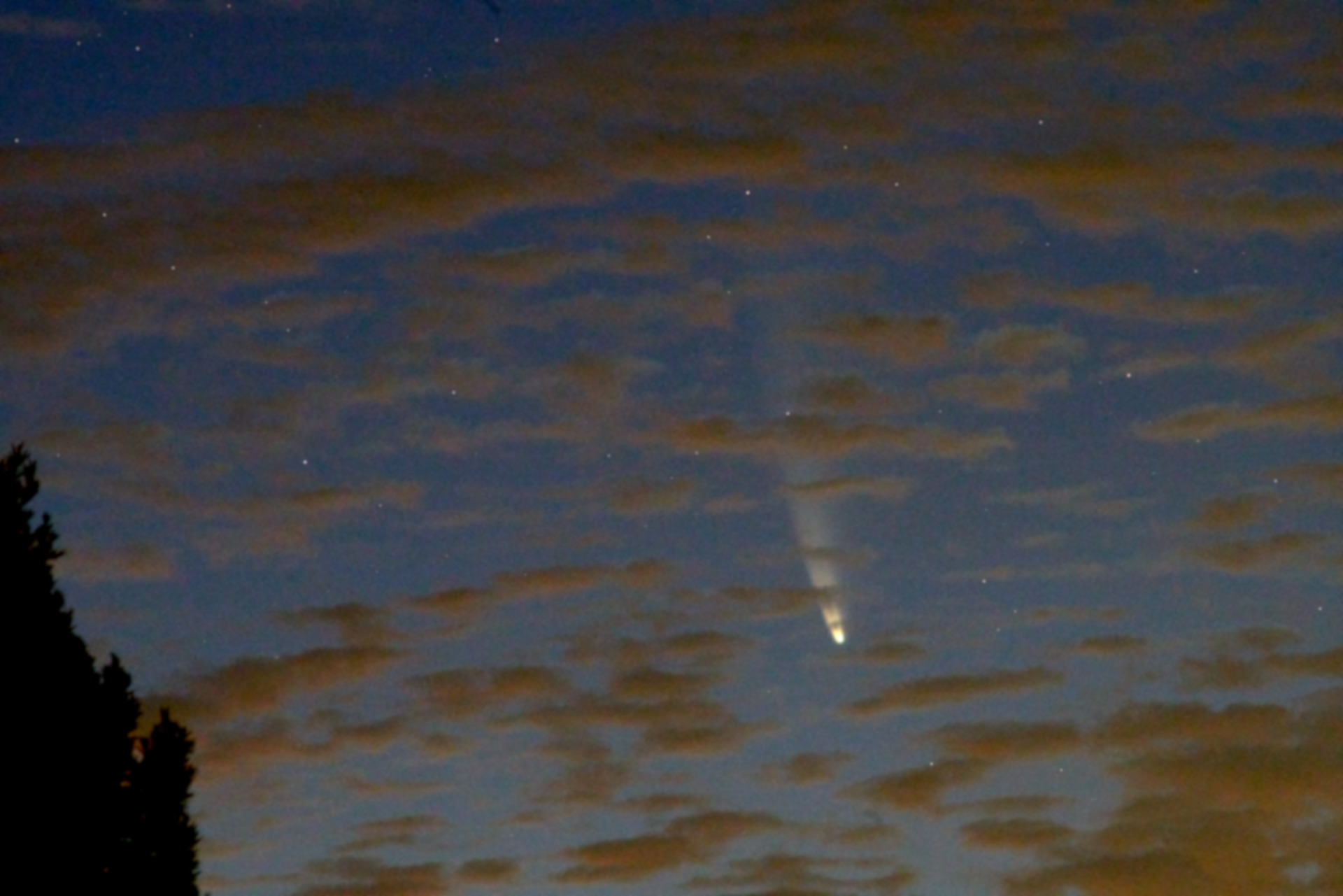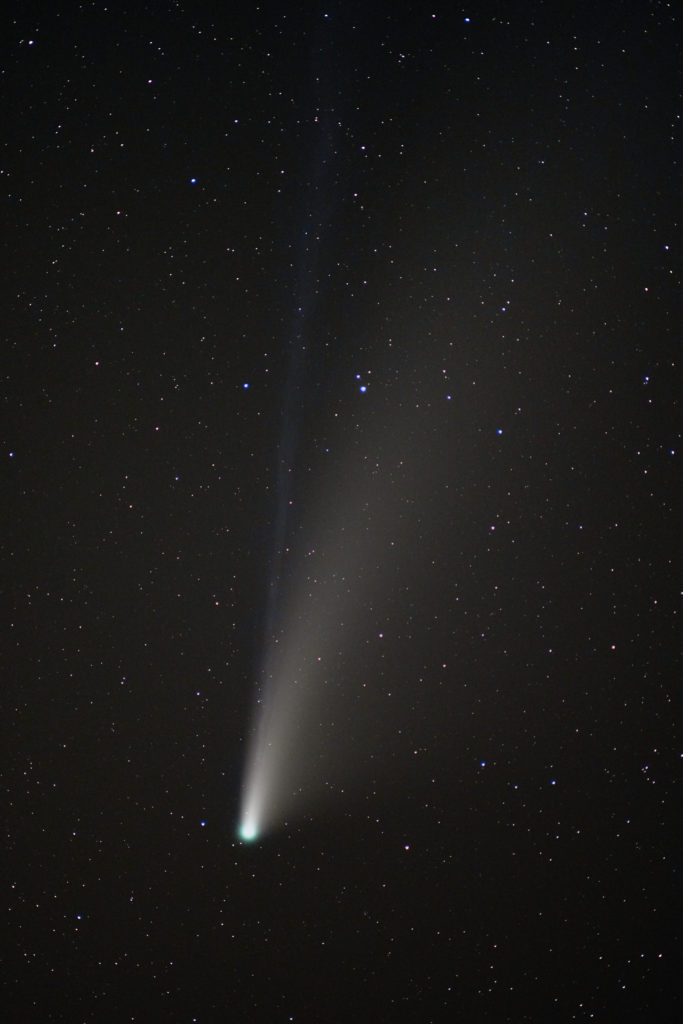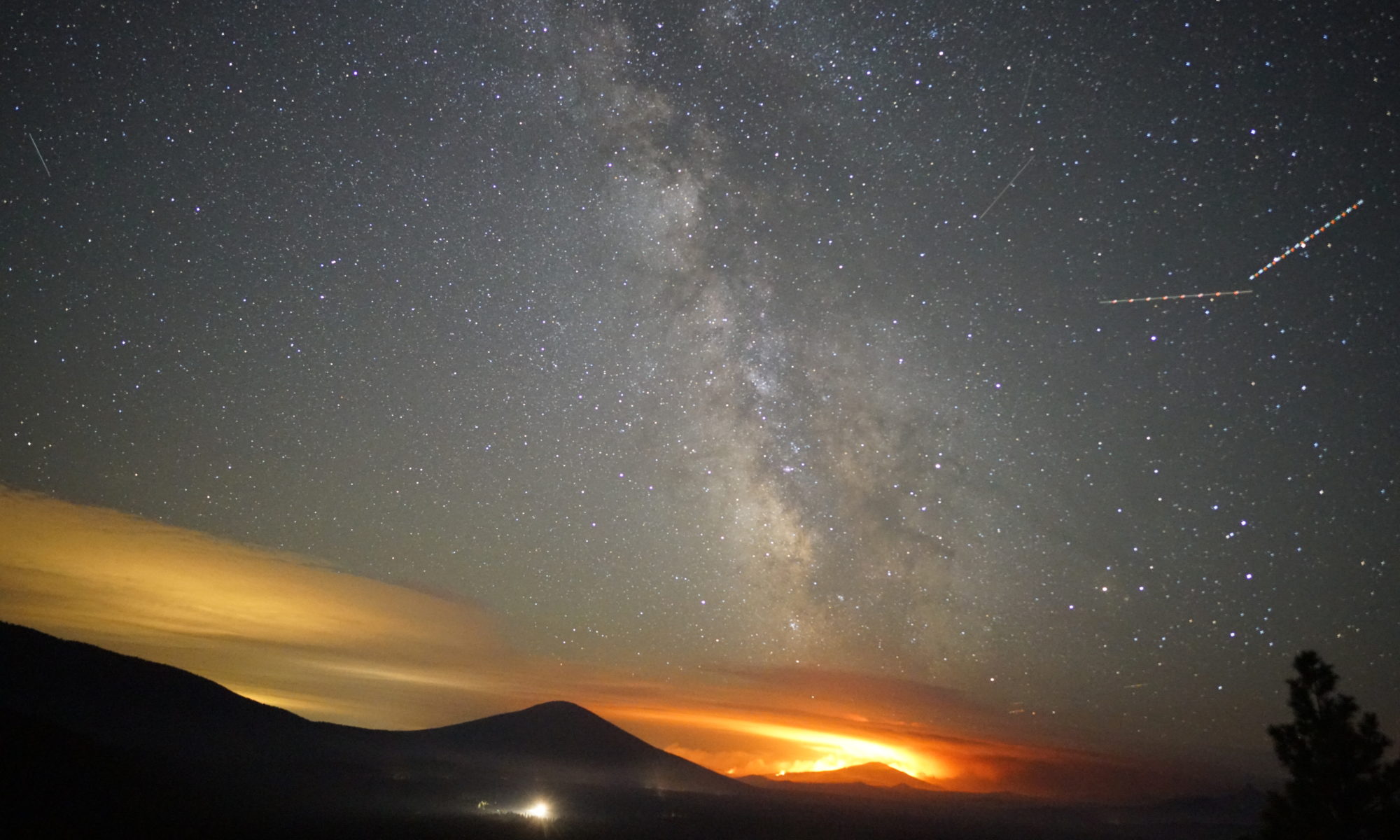 It wasn’t the worst year in history.
It wasn’t the worst year in history.
1347 ce wasn’t particularly pleasant. It was helpful to learn that feudalism would break if a third of the population of Europe suddenly died. Not immediately helpful, of course. I believe the applicable term for that lesson is ‘cold comfort’. People who were healthy at Noon, could be bent over the privy in the afternoon, develop a dozen lumps the size of figs before sunset, wake up with black toes and fingertips in the morning, only to hear their loved ones bent over the privy, adding the knowledge that they would leave no descendants to the sum of their final agonies. As they “understood” it, this plague was caused by bad smells, (in places that were built on, and sustained by, bad smells). Logically, the smell that felled must have been a strange one, arriving from some distant realm. Scholars put the blame on a visitor from beyond the Earth. They named their uninvited guest Comet Negra, after all the toes and fingers of those who caught a fateful whiff.
536 ce was arguably worse. This time, strange clouds, dark and cold, clotted the skies of Earth. The entire world’s food chain collapsed. Plant life withered, dried-up, and disappeared beneath Summer snow. The mild and predictable world we depended on for sustenance suddenly let us down, without warning, explanation, or mercy. That had to sting a bit. Nothing puts the dark in a dark age like atmospheric aerosols.
1919 was like several world wars all happening at the same time, fought with invisible munitions that flew on the breath of strangers and loved ones alike, but without any parades afterwards… unless you count the wagons used to collect the dead.
There was a string of particularly bad years between 1938 and 1945, when a small group of malignant narcissists convinced entire nations that ‘an eye for and eye’ was a just and profitable policy. It’s all fun and wargames until you lose 250 million eyes.
1968 had some bad moments, but at least as many redeeming ones. The summer of love hadn’t solved many problems, so violence seemed like the natural alternative. People died and were missed. Dreams died, and were lost. Then, toward the end of December, for the first time in human history, we were able to see where we all lived at a single glance. First, live color television was beamed into our homes. Then, an achingly clear and intensely vivid color photograph of the entire planet arrived at our doorstep, on the cover of magazines and newspapers. Not only were there no visible borders on the surface of Earth, but there weren’t any apparent traces of human habitation.
From the perspective of a distant spacecraft, humanity is invisible. It’s like looking into a reflecting pool, seeing past the face looking back, and falling in love with everything and everyone around us. Nature offers a wealth of options.
2020 was a high-speed punch press, stamping out, boxing up, and delivering a fresh hell almost every day. The other days it didn’t smell at all fresh. Plagues of the body and mind, all virulent and intractable, were carried on the air: Invisible agents infiltrating, colonizing, and visibly diminishing the ones we could see.
One small mercy was that we had too little time to take in the magnitude of the previous day’s insult, before the next one arrived. Each new new day’s toxic shock made Yesterday’s compound fracture seem like a minor contusion.
Then, for two weeks in July, we had a glimmer of… well, not hope, exactly, but something shiny.
People in Australia saw it coming, first. Residents of the northern hemisphere couldn’t see it sneaking up behind them, because there was an entire world in the way. Our visitor simply appeared, like Venus on the half shell, presented fully formed and shockingly beautiful. The name was NEOWISE; Comet NEOWISE.
Awkwardly, it was named after a spacecraft; A spacecraft that had a mid-life crisis, took an early retirement, found a new hobby, and changed its name (assuming an acronym qualifies as a name). The Wide-field Infrared Survey Explorer (WISE) had one job. But, when that job was done, so was it. However, as the science-minded among us began to express concerns about the existential threat posed by asteroids and comets impacting Earth, the old spacecraft was taught a new trick: Search for and map the trajectories of near-Earth objects (NEO).
This was a story that could only be considered romantic by a pitiably few bespectacled misfits. Fifty shades of beige. The vast bulk of Humanity demands meaning and simplicity in the names we use, however. So we pinned NEOWISE to our collective consciousness as an opportunity for new wisdom. We’re just lucky the science committee didn’t concatenate the acronyms the other way around. Nobody likes a WISENEO.
Most of us are city dwellers, or at least inhabitants of exurban sprawl. We may have heard about NEOWISE, but many of us were too preoccupied, or were in no position to seek it out to look at with our own eyes. Those that were able and willing to forego proper sleep hygiene to get up in the middle if the night and find a safe way to look up into a dark sky, enjoyed a clear view past our sheltered and sheltering existence, to something bigger than ourselves. Perspective is something we all claim to have. Witnessing the passage of a comet gives us an opportunity to inwardly certify that claim.
A comet is an itinerant mountain made of ice and gravel, falling toward our neighborhood so fast that as soon as it arrives, it’s flung away faster and farther than our imagination can stretch without snapping. This comet’s arrival was as sudden as it’s visit was brief. When I managed to see NEOWISE for the first time, it was already making its get-away. Given our recent history, this seemed only prudent.
The last time this visitor passed by, it would have been hard ignore, because there were no electric lights to leak bleach on the fabric of night sky. After the Sun sets and twilight fades, only a dark sky can be truly brilliant. When everyone knew the stars by name, we payed attention if a stranger showed up among them.
This time, however, the comet took deliberate and patient effort to spot. You needed to get away from city lights, at an inconvenient time, taking awkward prophylactic measures to avoid contagion, then craning your neck to locate a smudge of light among stars, none of which seemed familiar. It wasn’t comfortable, but what was, in this year of daily distress?
The question was whether it was worth the pain and effort. The answer came in the form of image files stored on a chip in my camera. These photographs press a few second’s time into a story with more potential for longevity than remains in me. I send them into a future I won’t reach, as a message to descendants I can’t meet.
Dear children of the future, I’d like to apologize for the things we did and didn’t do, in my lifetime. While I say I’d like to, I can only speak for myself. If you’ve figured out how to make wise decisions as a species, are getting along with the other species, and are maintaining a healthy relationship with the planet we share, then I hope that my unsolicited advice is perceived as well-meaning, at least. If, on the other hand, you’re anything like your ancestors, then allow me to wax a little fore-paternal.
Some of what happened in the year 2020 we shouldn’t be allowed to forget, as much as we may wish to. My desire to take this year’s calendar down is a powerful one, and I’ll be happy to see the end of it. We made mistakes, and we’ve demonstrated a limitless capacity to make more. We forget the stars we once named, and lose sight of them, one by one. We’ve learned that the integrity of our bonds can be compromised by things we can’t see and struggle to control, both within our bodies and between us and our neighbors. But even in worst of times, we can find something to be grateful for, if we put enough effort into the pursuit.

